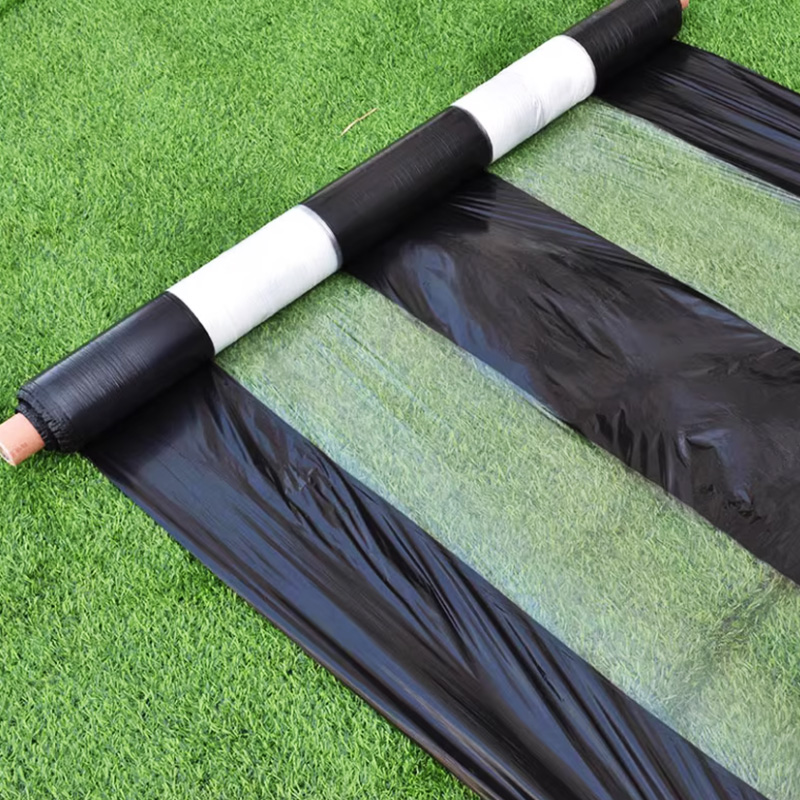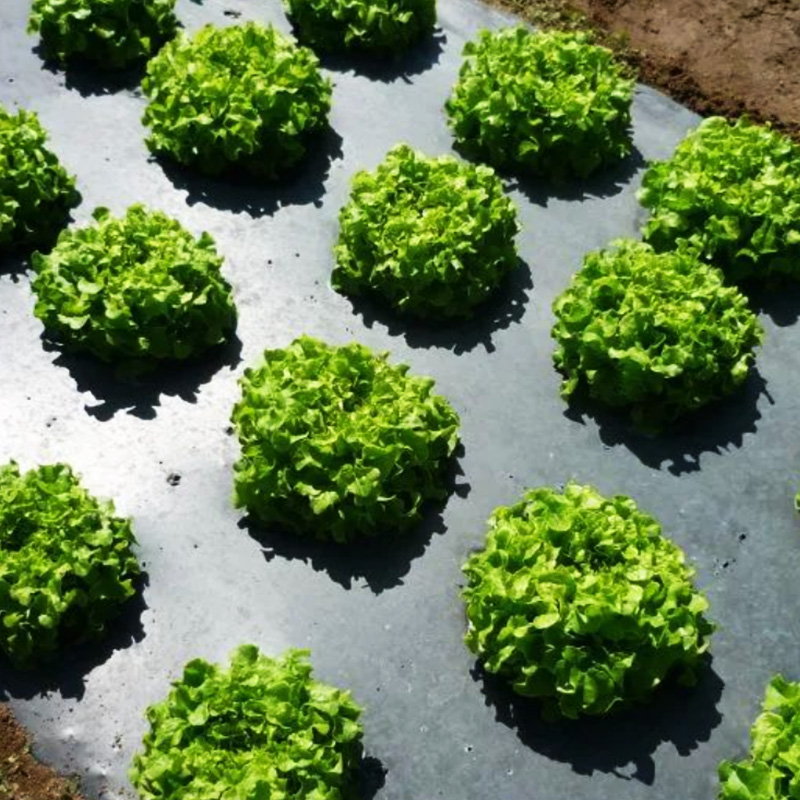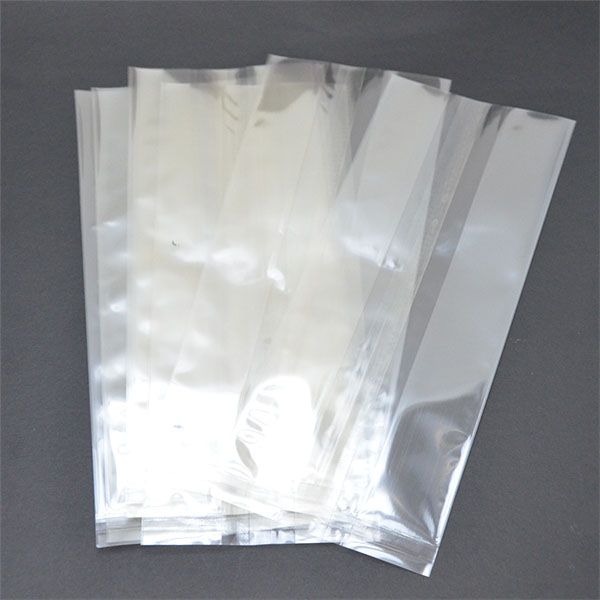In today’s rapidly evolving agricultural landscape, the quest for sustainable and environmentally friendly practices has become more critical than ever. Farmers and agribusinesses are increasingly seeking innovative solutions that not only enhance crop productivity but also minimize the environmental impact of their operations. One such groundbreaking innovation is biodegradable mulch film, a game-changing alternative to traditional plastic mulch that promises to revolutionize modern farming. As we delve into the world of biodegradable mulch film, you’ll discover how this eco-friendly solution can transform your agricultural practices, offering both environmental and economic benefits.
What is Biodegradable Mulch Film and Why Should You Care?
Mulch films are essential in agriculture for weed suppression, soil moisture conservation, and temperature regulation.
However, traditional plastic mulch films are non-biodegradable and cause significant environmental pollution.
Biodegradable mulch film addresses these issues by offering the same benefits while breaking down naturally in the environment.
This eco-friendly alternative enhances soil health, improves crop yields, and reduces waste, making it a sustainable choice for modern agriculture.
What is Biodegradable Mulch Film Made Of?
Key Materials in Biodegradable Mulch Film
The primary components of biodegradable mulch film are biopolymers, such as polylactic acid (PLA) and polybutylene adipate terephthalate (PBAT). These materials are derived from renewable resources like corn starch, sugarcane, or vegetable oils, making them a more sustainable alternative to petroleum-based plastics.
Unlike traditional plastics, which can take hundreds of years to decompose, biodegradable mulch film is designed to break down naturally in the soil within a few months to a few years, depending on the specific formulation and environmental conditions.
How Do Additives Enhance Biodegradable Mulch Film?
In addition to the main biopolymer components, biodegradable mulch film often includes additives that enhance its performance.
For example, UV stabilizers help protect the film from degradation due to sunlight exposure, ensuring it remains effective throughout the growing season. Soil conditioners may also be added to improve soil structure and fertility as the film breaks down.
These additives not only extend the film's lifespan but also ensure that it continues to benefit the soil even after it has decomposed.
What Makes Biodegradable Mulch Film Unique?
The Biodegradability of Biodegradable Mulch Film
One of the most significant advantages of biodegradable mulch film is its ability to degrade naturally. Unlike traditional plastic mulch, which remains in the environment for decades, biodegradable mulch film is designed to break down into harmless by-products through microbial action. This process typically takes place over a period of months to a few years, depending on factors such as soil temperature, moisture levels, and microbial activity. The result is a mulch film that leaves no harmful residues behind, making it a safer choice for both the environment and agricultural practices.
How Durable is Biodegradable Mulch Film?
Despite its biodegradable nature, biodegradable mulch film is engineered to be durable and long-lasting. It offers excellent strength and flexibility, ensuring it can withstand the rigors of agricultural use. The biodegradable film is resistant to tearing and puncturing, making it suitable for various farming applications. Additionally, it can withstand UV degradation and harsh weather conditions, providing reliable protection for crops throughout the growing season. This durability ensures that the film remains effective until it is ready to degrade, offering the best of both worlds.
How Does Biodegradable Mulch Film Interact with Soil?
Biodegradable mulch film is designed to have a positive impact on soil health. As it degrades, it releases organic matter into the soil, which can improve soil structure and fertility.
Unlike traditional plastic mulch, which can leave behind microplastics and other pollutants, biodegradable mulch film leaves no harmful residues.
This makes it a safer choice for the environment and for crops that rely on healthy soil conditions. Additionally, the film can enhance microbial activity in the soil, promoting a more vibrant and productive agricultural ecosystem.
How Does Biodegradable Mulch Film Outperform Traditional Plastic Mulch?
What Environmental Benefits Does Biodegradable Mulch Film Offer?
Traditional plastic mulch films are a major source of environmental pollution, contributing to plastic waste and microplastic contamination in soil and water. In contrast, biodegradable mulch film is designed to break down naturally, reducing the amount of plastic waste that ends up in landfills and natural environments. By choosing this biodegradable film, you can significantly lower your agricultural operation's carbon footprint and contribute to a more sustainable future.
How Can Biodegradable Mulch Film Save You Time and Money?
Using biodegradable mulch film can also lead to cost and labor savings. Traditional plastic mulch requires manual removal and disposal at the end of the growing season, which can be time-consuming and labor-intensive. Biodegradable mulch film, on the other hand, eliminates the need for this step, as it breaks down naturally in the soil. This can save farmers valuable time and resources, making it a more efficient and cost-effective choice in the long run.
How Does Biodegradable Mulch Film Improve Crop Yield and Quality?
Biodegradable mulch film offers several benefits that can enhance crop yield and quality.
It helps conserve soil moisture by reducing evaporation, ensuring that plants have a consistent water supply.
The film also regulates soil temperature, protecting crops from extreme heat or cold.
Additionally, it suppresses weed growth, reducing competition for nutrients and light.
These factors combined can lead to healthier, more productive crops. Studies have shown that farms using biodegradable mulch film often experience higher yields and better crop quality compared to those using traditional plastic mulch.
How Should You Store and Handle Biodegradable Mulch Film?
What Are the Optimal Storage Conditions for Biodegradable Mulch Film?
To ensure the effectiveness and longevity of biodegradable mulch film, it is essential to store it properly. The film should be kept in a cool, dry place, away from direct sunlight and extreme temperatures. Ideally, storage conditions should maintain a temperature range of 15-25°C (59-77°F) and a relative humidity of 40-60%. Protecting the film from moisture and UV exposure helps prevent premature degradation and ensures it remains in optimal condition for use.
What Are the Best Practices for Deploying Biodegradable Mulch Film?
When it comes to deploying biodegradable mulch film, following best practices is crucial for maximizing its benefits.
The film should be laid flat and taut, with proper overlap to prevent gaps that could allow weeds to grow through.
It is also important to ensure good soil contact, as this helps the film degrade more effectively and promotes better soil moisture retention.
Proper installation not only enhances the film's performance but also extends its lifespan, ensuring it remains effective until it is ready to degrade naturally.
How Can Biodegradable Mulch Film Be Applied in Different Regions and Crops?
How is Biodegradable Mulch Film Used in Global Agriculture?
Biodegradable mulch film is versatile and can be used in a wide range of agricultural applications, regardless of the region or climate.
It is particularly beneficial in areas with challenging environmental conditions, such as arid regions where water conservation is crucial.
The film's ability to retain soil moisture and regulate temperature makes it an ideal solution for crops in these areas.
Additionally, biodegradable mulch film can be adapted to various crops, from vegetables and fruits to cereals and row crops, making it a valuable tool for farmers worldwide.
What Are the Regional Benefits and Challenges of Using Biodegradable Mulch Film?
While biodegradable mulch film offers numerous benefits, its effectiveness can vary depending on the region and local conditions.
In arid regions, for example, the film's moisture retention capabilities are particularly valuable, helping to conserve water and improve crop yields.
In high-altitude areas, its temperature regulation properties can protect crops from frost and extreme temperature fluctuations.
However, farmers may face challenges such as varying soil types and local regulations.
Understanding these regional differences and selecting the appropriate film formulation can help maximize the benefits of biodegradable mulch film.
How Does Biodegradable Mulch Film Benefit Different Crops?
Different crops have unique needs, and biodegradable mulch film can be tailored to meet these requirements.
For example, in tomato cultivation, the film helps maintain consistent soil moisture and temperature, leading to healthier plants and higher yields.
For strawberries, the film suppresses weeds and reduces soil splash, which can prevent disease and improve fruit quality.
The thickness and degradation rate of the film can also be adjusted based on the crop's growth cycle, ensuring optimal performance throughout the growing season.
What Else Do You Need to Know About Biodegradable Mulch Film?
How Can You Ensure Regulatory Compliance with Biodegradable Mulch Film?
When choosing biodegradable mulch film, it is important to ensure that the product meets relevant regulatory standards. Many countries and regions have specific requirements for biodegradable plastics, including certifications such as EN 17033 or ASTM D6400.
These certifications verify that the film will degrade within a specified timeframe and leave no harmful residues. By selecting a compliant product, you can ensure that your agricultural practices meet environmental regulations and contribute to a more sustainable industry.
How Can You Get Started with Biodegradable Mulch Film?
If you're ready to make the switch to biodegradable mulch film, we're here to help. Our team of experts can provide technical support and guidance to ensure you get the most out of your new mulch film. We offer comprehensive product guides and training materials to help you understand the best practices for storage, deployment, and use. Whether you're a small-scale farmer or a large agricultural operation, we can help you get started with biodegradable mulch film and take the first step towards a more sustainable future.
Are you ready to make the switch to biodegradable mulch film? Contact us today to learn more about our products and how they can benefit your agricultural operation. YITO is ready to provide you with the support and resources you need to get started. Together, we can build a more sustainable future for agriculture.
Related Products
Post time: Apr-30-2025







